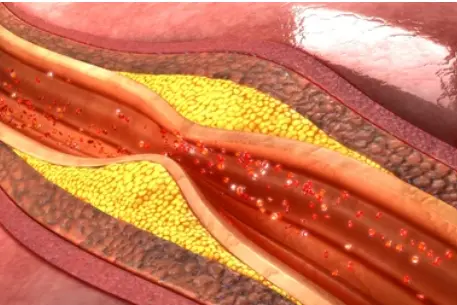 Welcome
Welcome
“May all be happy, may all be healed, may all be at peace and may no one ever suffer."
Myelofibrosis - Generics
Myelofibrosis is a rare bone marrow disorder that is classified as a type of myeloproliferative neoplasm. In myelofibrosis, the bone marrow produces abnormal blood cells and causes the bone marrow to be replaced by scar tissue, which can lead to a variety of symptoms.
The exact cause of myelofibrosis is not known, but it is believed to be related to genetic mutations that affect the regulation of blood cell production in the bone marrow. It can also be secondary to other bone marrow disorders, such as polycythemia vera or essential thrombocythemia.
Symptoms of myelofibrosis can include:
- Fatigue
- Shortness of breath
- Easy bruising or bleeding
- Enlarged spleen or liver
- Abdominal pain or fullness
- Night sweats
- Bone pain or tenderness
- Weight loss
- Itching
Treatment for myelofibrosis will depend on the severity of symptoms and the underlying cause of the disorder. Options may include medication to reduce symptoms, such as blood transfusions or chemotherapy, or medications that target the genetic mutations that are responsible for the disorder. In some cases, bone marrow transplant may be recommended.
It is important to work closely with a healthcare provider to develop a treatment plan that is tailored to the individual's needs and to manage symptoms to improve quality of life.

Cholangiography

Functional diarrhea

Growth hormone deficiency

Prophylaxis of miosis dur...

Neural tube defect

Corticosteroid-responsive...

Erectile dysfunction

blockade
Myelofibrosis, মাইলোফাইব্রোসিস
To be happy, beautiful, healthy, wealthy, hale and long-lived stay with DM3S.